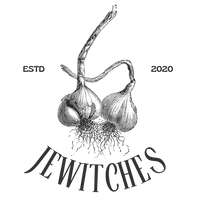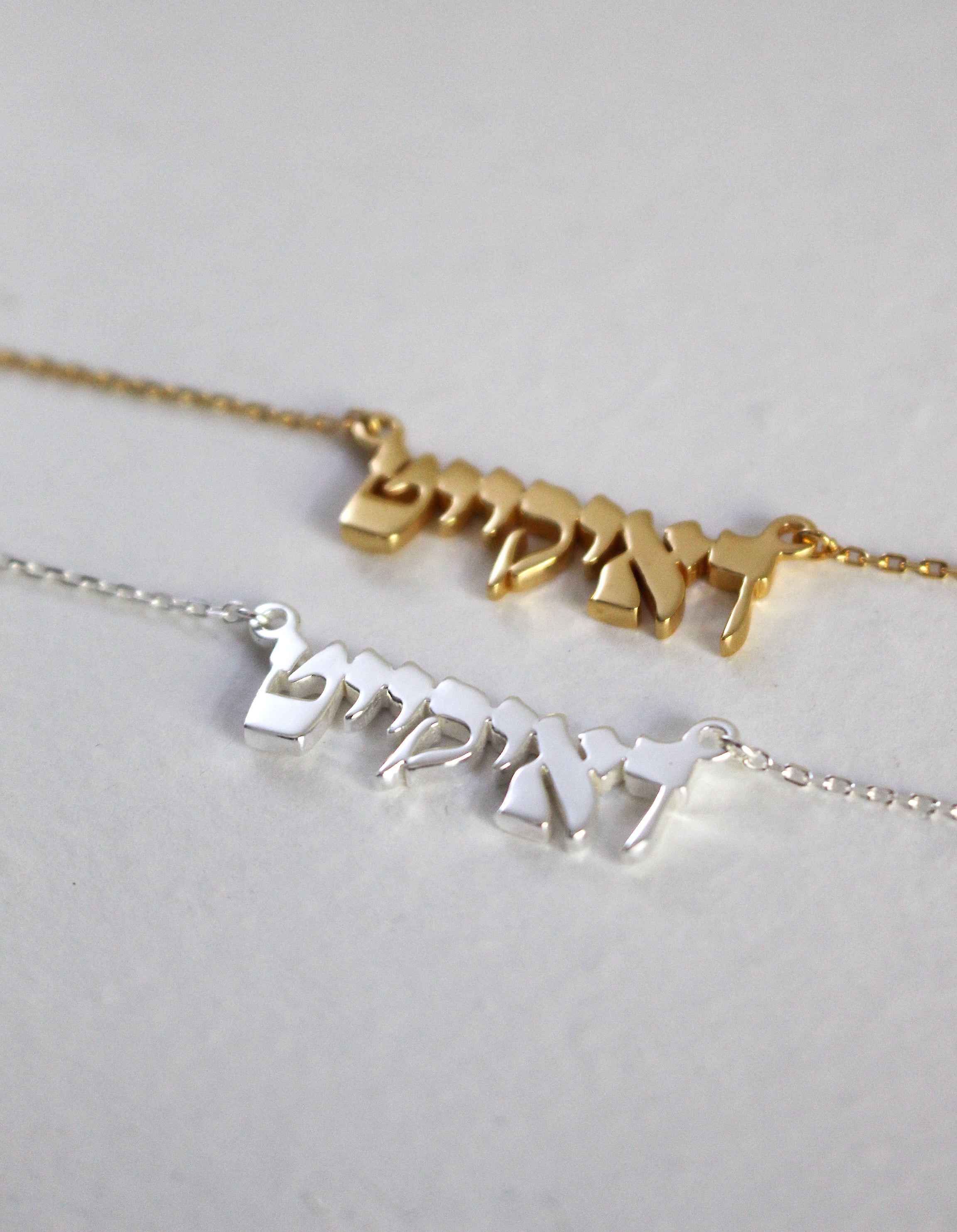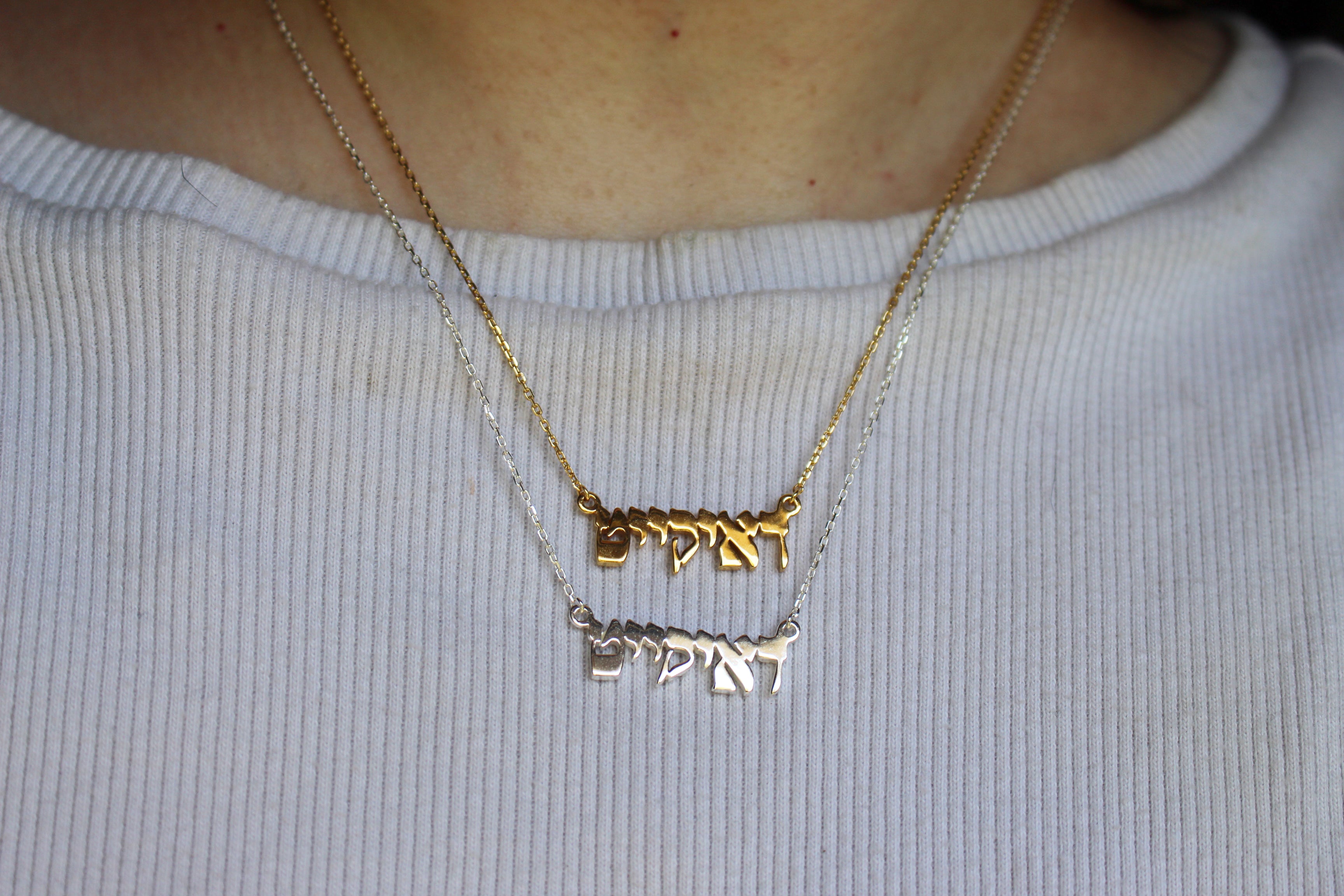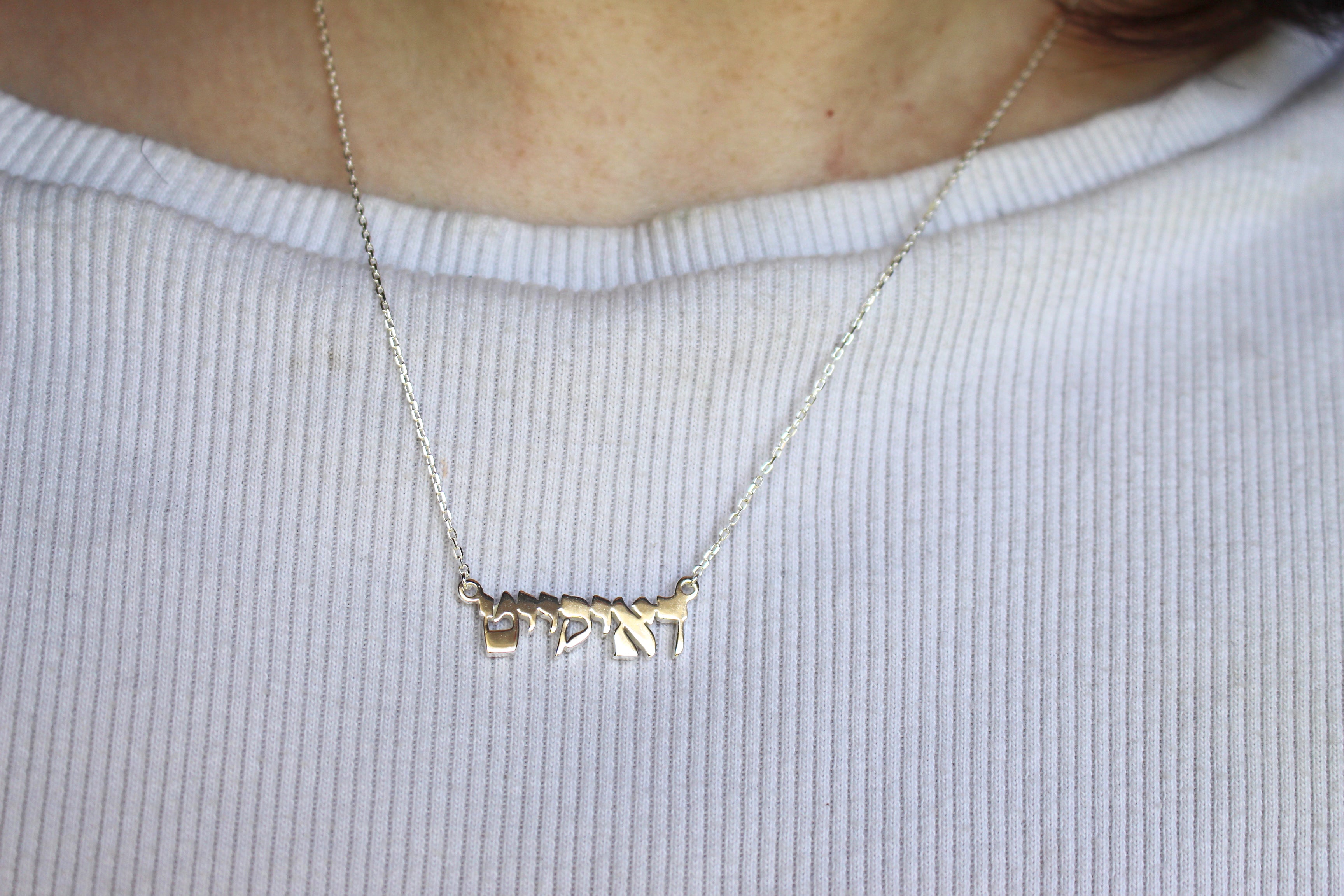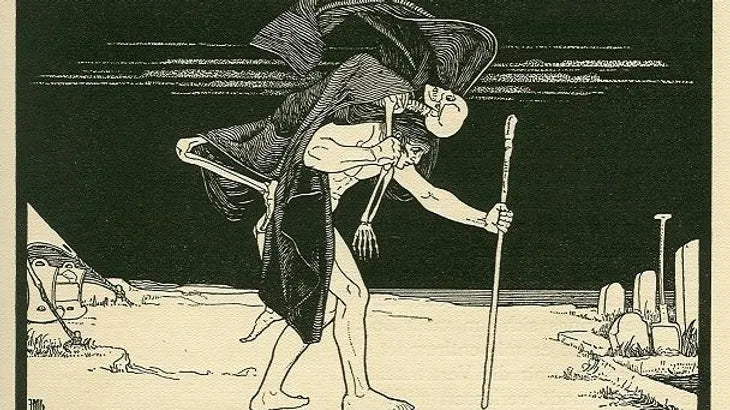In 2003, a listing appeared on eBay for a box haunted by a dybbuk. With the Hebrew word Shema inscribed on the back, the lister, Kevin Mannis, wove an intricate story of a Jewish Holocaust survivor and a demon trapped in a wine box.
The Internet flew into a rage, fascinated and sickened by the idea of a box so terrible, and dybbuk boxes came to life. This is the first mention of a dybbuk box in history, but these creatures of Jewish folklore have existed for centuries...
What is a Dybbuk?
A dybbuk is a clinging or possessing spirit. Literally meaning, "cleaving or clinging", the overall consensus within the Jewish community is that a dybbuk is created when a person has died but is not yet ready to cross over as they have sinned without performing teshuvah. Teshuvah, also spelled Tshuvah, is the act of repentance. However, unlike other religions where repentance may be as simple as being forgiven by a priest or saying, "sorry!", in Judaism, there are clear steps to performing teshuvah. When one has transgressed against another person, they must follow these clear steps:
-
regretting & acknowledging the sin;
-
forsaking the sin;
-
worrying about the future consequences of the sin;
-
acting and speaking with humility;
-
acting in a way opposite to that of the sin (for example, for the sin of lying, one should speak the truth);
-
understanding the magnitude of the sin;
-
refraining from lesser sins for the purpose of safeguarding oneself against committing greater sins;
-
confessing the sin;
-
praying for atonement;
-
correcting the sin however possible (for example, if one stole an object, the stolen item must be returned; or, if one slanders another, the slanderer must ask the injured party for forgiveness);
-
pursuing works of chesed and truth;
-
remembering the sin for the rest of one's life;
-
refraining from committing the same sin if the opportunity presents itself again;
-
teaching others not to sin.
(List courtesy of Wikipedia)
Having not completed these steps, a spirit may fear the judgment that comes after death (what Jews actually believe happens after death is a conversation for another time).
Unable or unwilling to perform teshuvah, these spirits become dybbukim and must seek a host. They cannot exist without a body, so they must seek out people to possess.
While the spirits themselves are frequently believed to have come from men, those who are possessed or more commonly women. There is often believed to be a highly sexual component to these possessions as well as to the exorcisms performed to remove them.
The term dybbuk is believed to be fairly recent, though documentation goes as far back as the Torah. It is frequently used to identify any entity capable of human possession, but this is incorrect. Many creatures, spirits, entities, or demons are capable of human or animal possession without being dybbukim. Furthermore, the possession of animals by dybbukim is speculated in some communities, but I have yet to come across any credible evidence of such phenomenon.
Dybukkim, unlike some other entities, require a human host. Even the name is clear in its nature as "it is an abbreviation of dibbuk me-ru'aḥ ra'ah ("a cleavage of an evil spirit"), or dibbuk min ḥa-hiẓonim ("dibbuk from the outside"), which is found in man. The act of attachment of the spirit to the body became the name of the spirit itself. However, the verb davok ("cleave") is found throughout kabbalistic literature where it denotes the relations between the evil spirit and the body, mitdabbeket bo ("it cleaves itself to him")" (9).
It is has been documented that when possessed by a dybbuk, the victim would spew horrible, often lewd, speeches uncommon for their host. They would cause great embarrassment and act in lascivious, immodest, and improper ways. Some had problems entering their synagogue, holding or touching holy books, as well as interacting with rabbis and pious members of society. Previously well mannered, pious people were suddenly vile, crude, overtly sexual aggressors.
How to spot a Dybbuk possession.
There are rules that identify the possession of a dybbuk. The first is that a person acted against their own will. From speaking languages they do not speak, writing words they do not know, or performing acts they cannot normally perform, this is a common theme among dybbuk victims. Violent convulsions are also frequently documented.
Rabbi Gershon Winkler defines the list as the following:
-
Both the dybbuk and the victim remain conscious and co-exist in the same body.
-
The victim is typically distressed.
-
The victim is more likely to be female than male, while the dybbuk is more likely to be male than female.
-
Special means are necessary to expel the dybbuk.
Exorcism?
Exorcism, while dominated by Catholic imagery, has existed within Judaism for centuries. Exorcising a dybbuk is not an unheard-of phenomenon, though it has not been commonly practiced for some time.
As previously discussed, the spirit who has not completely teshuvah is afraid to transition or move on, but knows that they are inhabiting a body that is not their own. It is this cognizance that allows for an exorcism to take place

Some choose to view these exorcisms with a melodramatic, chilling perspective. The Jewish Chronicle describes the steps to an exorcism with the same level of drama as one might tell a ghost story.
After assessing the possessed person "to determine if the victim is not merely suffering from psychotic depression, sleep deprivation, and other physical or emotional symptoms" (7), a minyan, or group of ten Jewish adults (typically men), would gather after preparing themselves through fasting and immersion in a mikveh, or ritual bath. There is some precedence to anointing oneself in oil before being clothed in white, wearing tallit (prayer shawls), and tefillin. The group would then gather to expel the dybbuk from its host, typically in a synagogue. The exorcist, who does not need to be a Rabbi, but rather a deeply pious person with a relationship with HaShem (2), would speak directly to the dybbuk, listing its sins during life (3). As seen in the fragment above, a dybbuk may be known to their communities by name.
It is also known that a maggid, a spirit guide, or angelic teacher (5), may be invoked in order to aid in the removal of a dybbuk. A maggid is known to take over the body and may trigger automatic writing or xenoglossia (5).
The goal of the exorcism is to find a means of expelling the dybbuk as well as aiding the dybbuk in crossing over. In order to successfully complete this task, the name of the dybbuk is needed. While some may be previously known due to the dybbuks discomfort in the host's body, some may refuse to speak their name in order to remain attached to their host. In order to find out their name, the use of smoke or sulfur may be used to coax it from them (2).
Lurianic Kabbalah believes that the exorcism of a dybbuk must include the tikkun, or repair, of their soul. Lurianic methodology requires communication directly with the dybbuk and negotiations regarding their soul. The "good" parts of the soul of the dybbuk are separated from the "bad" parts of the soul and returned to the Treasury of Souls. Once the "bad" no longer has a place to thrive, it will shrivel and die, leaving this world (5).
While the specificity of this methodology is Lurianic, much of its concepts remain in other forms of exorcism. Essentially, a dybbuk must be coaxed from its victim and successfully helped cross over and leave this plane of existence.
It is believed that the dybbuk leaves the body from the same place it entered, generally, the fingers, toes, though also seen were the throat, vagina, or rectum. It was often claimed that there would be a bloody fingernail or toenail and that the victim of the dybbuk would go through a massive change in personality immediately after being freed.
Unlike the dramatized versions of Catholic exorcisms common in media, violent convulsions were only documented upon the entering and exiting of the body as the body attempts to return to a state of homeostasis (7).
While here we discuss the exorcism of a dybbuk, many of these same techniques would be used to exorcise a demon or other such entities capable of human possession.
So, what is the Dybbuk Box?
As previously mentioned, in 2003, a man named Kevin Mannis listed a box on eBay. He claimed that it was previously owned by a Holocaust survivor whose family did not want the box back due to it being haunted by a dybbuk. Within the box were the following items: two 1920s pennies, a lock of blond hair bound with cord, a lock of black/brown hair bound with cord, a small statue engraved with the Hebrew word "shalom", a small golden wine goblet, one dried rosebud, and a single candle holder with four octopus-shaped legs (1).
He touted a story of misfortune and the box gained notoriety and mass attention as he claimed that people had grave misfortunate once they came in contact with the box. The string of misfortune includes homes burning to the ground, lost money, losing a full head of hair, and more.
But, even a quote directly from him was not enough for people to stop spreading the misinformation
I am the original creator of the story of The Dibbuk Box which appeared as one of my Ebay posts back in 2003. The idea that dibbuk boxes have some kind of history prior to my story, and the idea that a dibbuk box could contain anything other than a dibbuk, along with any deviation to the type of contents I created to be found inside of a dibbuk box is laughable at best. How about this- if you or anyone else can find any reference to a Dibbut [sic] Box anywhere in history prior to my Ebay post, I’ll pay you $100,000.00 and tattoo your name on my forehead. (8)
This box went on to be sold to paranormal investigators, who continued to exploit it and Jewish folklore.
Mannis claimed the above quote was fake and the dybbuk box was real, until July of 2021.
In an interview for Input Mag, Mannis confesses to his sin.
“I am a creative writer,” he says. “The Dybbuk Box is a story that I created. And the Dybbuk Box story has done exactly what I intended it to do when I posted it 20 years ago.”
“Which is what?” I ask him.
“Which is to become an interactive horror story in real-time,” he says.”
The article is available to read below, detailing how he carved both the statue and the word Shema onto the box, how the hair was from his friend, and that the box itself had been purchased at a yard sale from an attorney, not a Holocaust survivor as he has spent the better part of the last two decades doing.
Inspired by the success of this so-called dybbuk box, they began to pop up online, available for purchase. There are now hundreds of them circulating, so much so that people make YouTube videos unboxing them and "debunking" them. These videos are more often than not laden with antisemitism and misinformation.
Not unsurprisingly, Jewish commentary on the authenticity of these dybbuk boxes is hidden in articles written by occultists, ghost hunters, and those fascinated by the supernatural. It takes almost no research into actual Jewish mythology and folklore to understand and learn that there is no historical basis for their existence, but rather a far more modern thirst for sensationalism and money.
Sources:
-
https://www.thejc.com/judaism/features/how-to-deal-with-a-dybbuk-1.479193
-
https://www.manchester.ac.uk/discover/news/text-of-jewish-exorcism-discovered/
-
An Encyclopedia of Jewish Myth, Magic, and Mysticism, Geoffrey W. Dennis
-
Dybbuk, Rabbi Gershon Winkler (pp.13)
-
https://www.inputmag.com/features/dybbuk-box-dibbuk-kevin-mannis-zak-bagans-haunted-hoax-revealed
